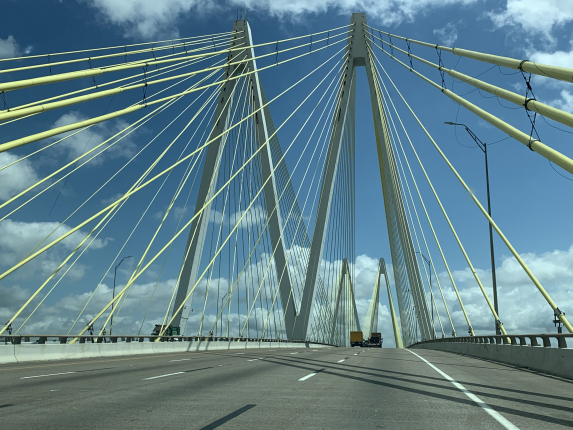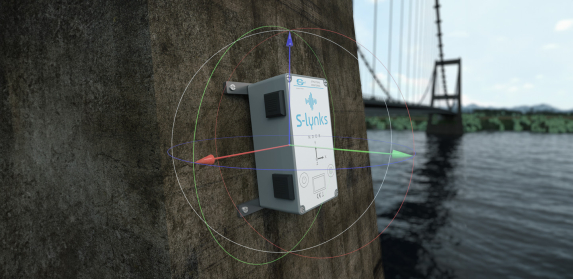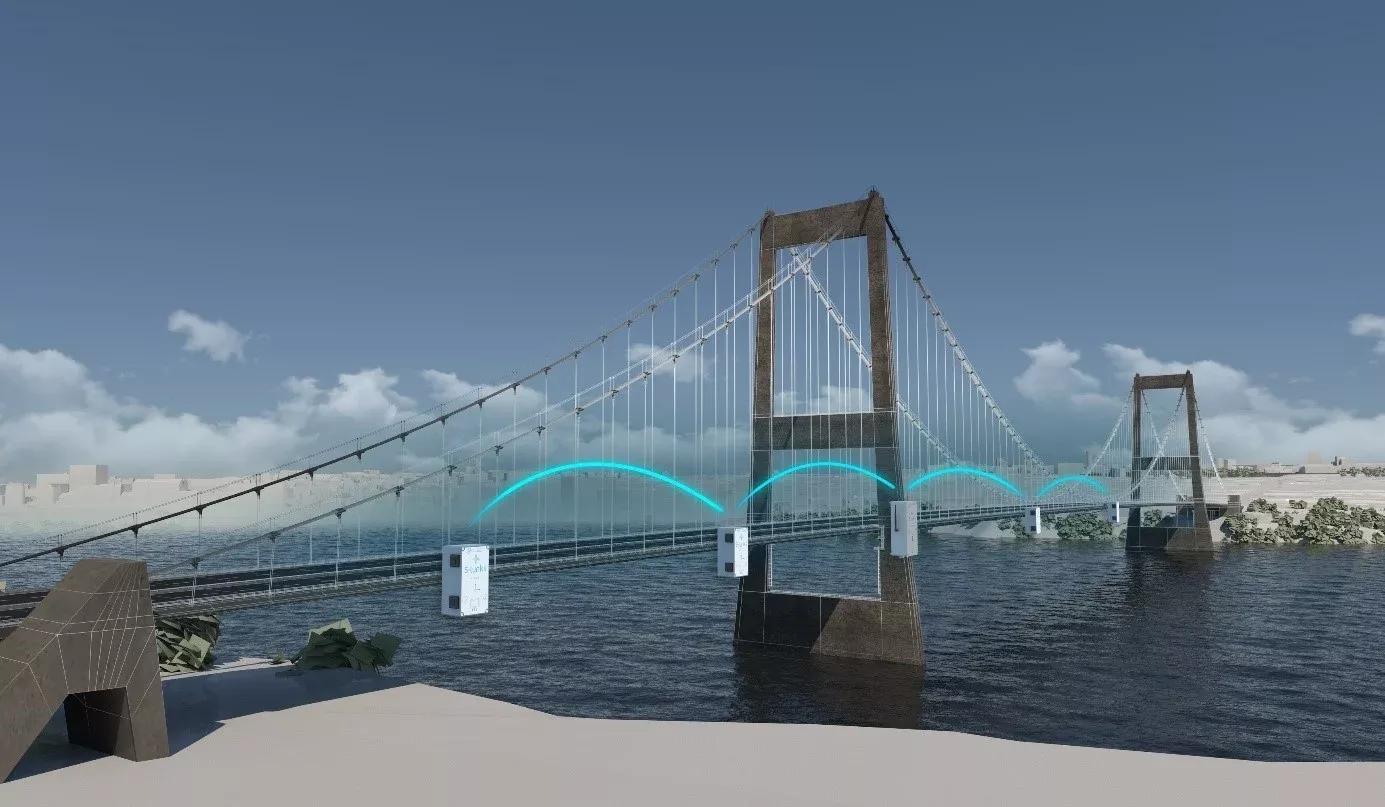INTRODUCTION
Despite intense research activity, Structural Health Monitoring (SHM) has not yet been widely embraced by asset owners and authorities, which is likely due to a mismatch between real-world requirements and SHM offering.
Dynamic monitoring of structures is usually performed using vibration sensors, such as PZT accelerometers, Force Balance Accelerometers or Geophones, connected to acquisition units using cables which are laid down on the structure. Although wired SHM systems provide the required synchronization and power to the sensors, they are very intrusive, not reliable on the long term and very costly.


REQUIREMENT
Dynamic structural monitoring of structures using ambient (hence free) vibrations, called Operational Modal Analysis (OMA), is a particularly powerful yet simple method to monitor global dynamic changes in structures with low intrusiveness.
The main output parameters of the OMA, called modal parameters, are the frequency, damping and associated modal shapes of the various vibration modes of the structure. Evolution with time of these modal parameters may indicate structural change considering seasonal and temperature effects on the structure have been removed.
The rationale behind this approach is the assumption that the sensors characteristics don’t change with temperature and aging and that the uncertainties in the modal parameters estimation are small compared to the change of modal parameters due to structural change.
From the asset owner’s perspective, there are several operational constraints to address in order to facilitate the adoption of OMA. The system shall be easy to install, operate and maintain: The sensors shall not require any leveling during installation and they shall not experience any drift or aging, so as to avoid costly recurrent calibrations.
SOLUTIONS/EXPERTISE
In term of sensor, it shall be able to measure very low frequency ambient vibrations, typically between 0.1Hz and 30Hz for civil engineering structures. The sensor frequency response shall be flat and stable, both in amplitude and in phase in the frequency band of interest, so as to avoid distortion of the ambient vibration data. Evolution of mode shapes with time is thought to be a relevant indicator of structural changes occurring in the structure. The ability to track subtle changes in mode shapes is therefore crucial to the development of effective OMA-based SHM systems. The synchronization accuracy between sensors has been shown to have an effect on the accuracy of mode shapes.
The proposed solution, called S-lynks, has been designed to overcome all the limitations of the current SHM systems described previously.
It is an industrial centralized solution for structural monitoring of civil engineering structures using automated Operational Modal Analysis.


DOWNLOAD OUR COMPLETE ARTICLE
Interest in our S-Lynks solution? Read our complete case study
